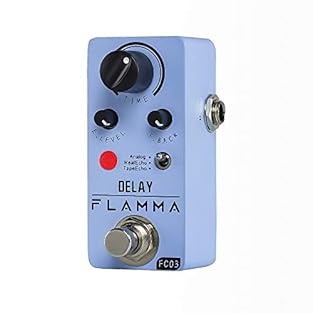Alexander Pedals is a renowned manufacturer of guitar effects pedals, known for its innovative and high-quality products. Founded by Matthew Farrow in North Carolina, the company has gained a reputation for blending cutting-edge digital technology with classic analogue tones. Alexander Pedals offers a wide range of effects, including delays, reverbs, overdrives, and modulation effects, catering to musicians seeking versatile and creative sound options. Each pedal is crafted with attention to detail, featuring intuitive controls and sturdy construction, making them a popular choice among professional and amateur musicians alike. The company’s pedals are often praised for their unique soundscapes and user-friendly interfaces, allowing musicians to experiment with a wide variety of tones and effects.
One of the standout features of Alexander Pedals is the inclusion of the Neo Series, which incorporates digital control over analogue signal paths, allowing for presets, MIDI functionality, and expression control. This innovation enables musicians to easily switch between different settings and integrate the pedals seamlessly into complex setups. Alexander Pedals is also known for its commitment to continuous improvement and customer feedback, regularly updating firmware and introducing new models to meet the evolving needs of guitarists. The company has built a loyal community around its products, with musicians appreciating the blend of creativity, quality, and versatility that Alexander Pedals consistently delivers.
Just Pedal Ingredients.
Delay — A delay pedal records your signal and plays it back after a set time, creating echoes that can range from tight, slapback repeats to long, atmospheric trails. It’s one of the most versatile effects, used to thicken tones, add rhythmic depth, or build spacious, ambient layers. Analogue delays offer warm, decaying repeats that blend naturally with your tone, while digital units provide pristine echoes with precise control over time, feedback, and mix levels.
From classic rockabilly and tape-style echoes to modern looping and shimmer effects, delay pedals have become essential tools for shaping sound. They can make solos soar, rhythms pulse, or transform simple chord progressions into cinematic textures. Whether used subtly to add dimension or boldly to create soundscapes, a good delay pedal can completely redefine the feel and atmosphere of your music.. Echo — An echo pedal, also known as a delay pedal, is a type of guitar effects pedal used to create repetitions or echoes of the original guitar signal. Echo pedals are popular for adding depth, ambiance, and rhythmic patterns to guitar tones, and they are widely used across various music genres, from rock and blues to ambient and experimental.
Here are the key features and functions of an echo pedal:
1. **Delay Time**: This control adjusts the amount of time between the original signal and the delayed signal. Longer delay times result in more pronounced echoes, while shorter delay times produce tighter, slapback-style effects.
2. **Feedback (or Regeneration)**: The feedback control determines the number of repeats or echoes produced by the delay pedal. Increasing the feedback setting results in multiple repeats, creating a cascading effect of echoes. Careful adjustment of the feedback control allows you to dial in the desired amount of repetition without overwhelming the original signal.
3. **Mix (or Blend)**: The mix control adjusts the balance between the original (dry) signal and the delayed (wet) signal. Higher mix settings emphasize the delayed signal, while lower mix settings maintain the clarity and integrity of the original signal. This control allows you to blend the delayed signal with the dry signal to achieve the desired balance and level of effect.
4. **Tap Tempo**: Some delay pedals feature a tap tempo function that allows you to set the delay time by tapping a button in rhythm with the music. This feature is particularly useful for synchronizing the delay effect with the tempo of a song or performance.
5. **Modulation**: Many delay pedals include modulation controls that add modulation effects, such as chorus or vibrato, to the delayed signal. Modulation can add warmth, depth, and movement to the delay effect, creating a more immersive and dynamic sound.
Echo pedals offer several creative uses and applications for guitarists:
– **Spatial Effects**: By adjusting the delay time, feedback, and mix controls, echo pedals can create spacious, atmospheric effects that simulate the sound of a room, hall, or cavern. These effects add depth and dimension to guitar tones, creating a sense of space and ambience.
– **Rhythmic Patterns**: By syncing the delay time with the tempo of a song using tap tempo or preset rhythmic subdivisions, echo pedals can produce rhythmic patterns and textures that enhance the groove and feel of a performance.
– **Texture and Movement**: By introducing modulation effects to the delayed signal, echo pedals can add texture, movement, and character to guitar tones. Modulated delays create swirling, shimmering effects that enrich the sound and captivate the listener’s ear.
Overall, echo pedals are versatile tools that offer a wide range of creative possibilities for guitarists. Whether used subtly to add depth and ambience or used more prominently to create rhythmic patterns and textures, echo pedals can enhance your guitar tone and inspire new musical ideas.. Pedal — Your pedal is like a signature dish for your sound — a flavour-packed creation that transforms the bland ingredients of your guitar into something unforgettable. Each one adds its own seasoning, texture, and heat, turning a simple meal into a feast of tone.
These tasty little boxes sit in a row, like plates on a buffet, letting you mix and match flavours as you play. With one tap of your foot, you can swap sweet for spicy, subtle for smoky, and serve up something completely new. From the comfort food of warm overdrive to the fiery kick of fuzz, from smooth jazz sauce to heavy-metal spice, pedals give players a full menu of options to express their taste. And just like with food — once you’ve tried one dish, you’ll want to sample them all.
Collecting, trading, and discovering new flavours soon becomes part of the joy of being a tone-loving gourmet geek with a guitar..
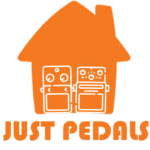
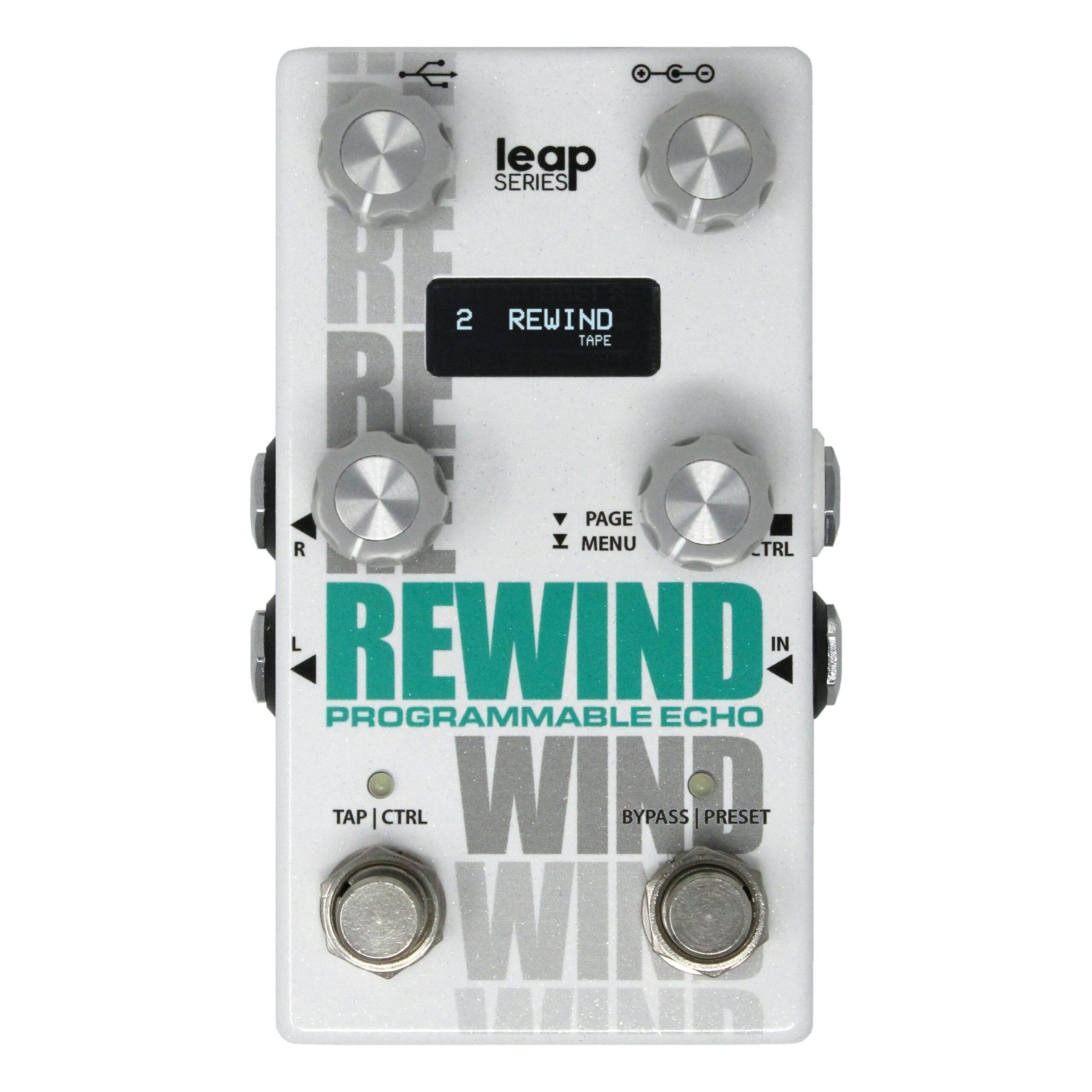
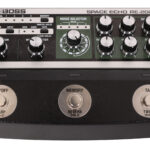
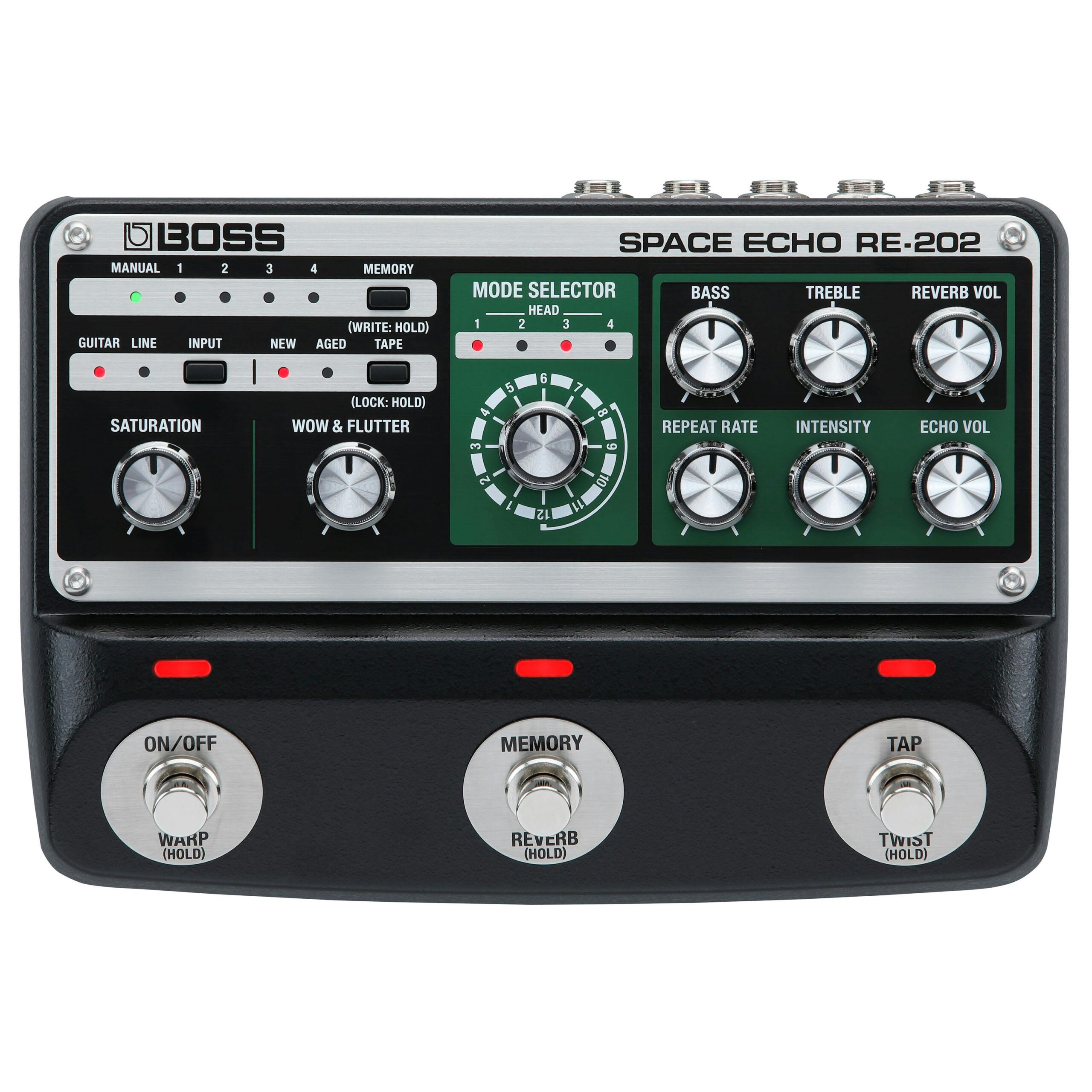
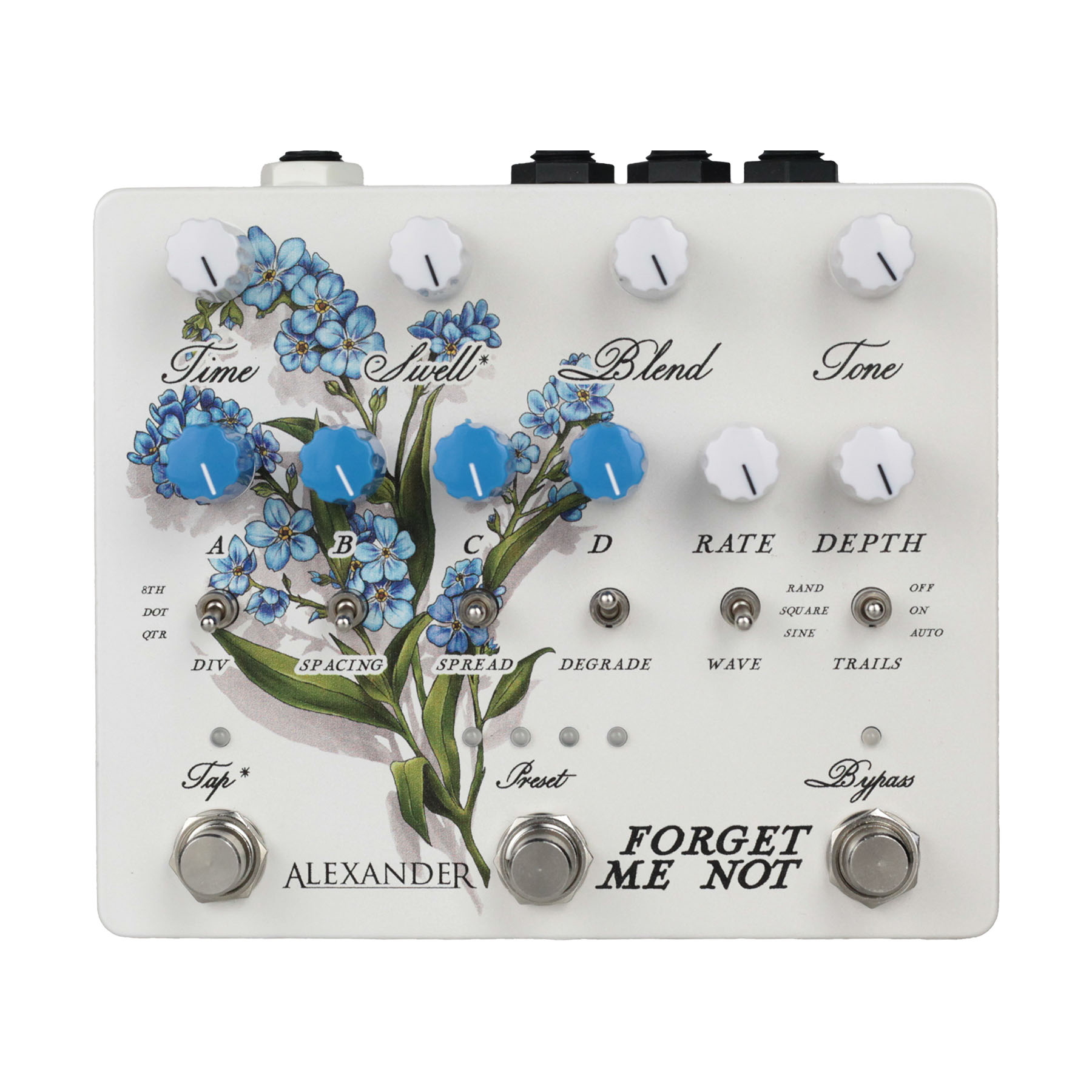
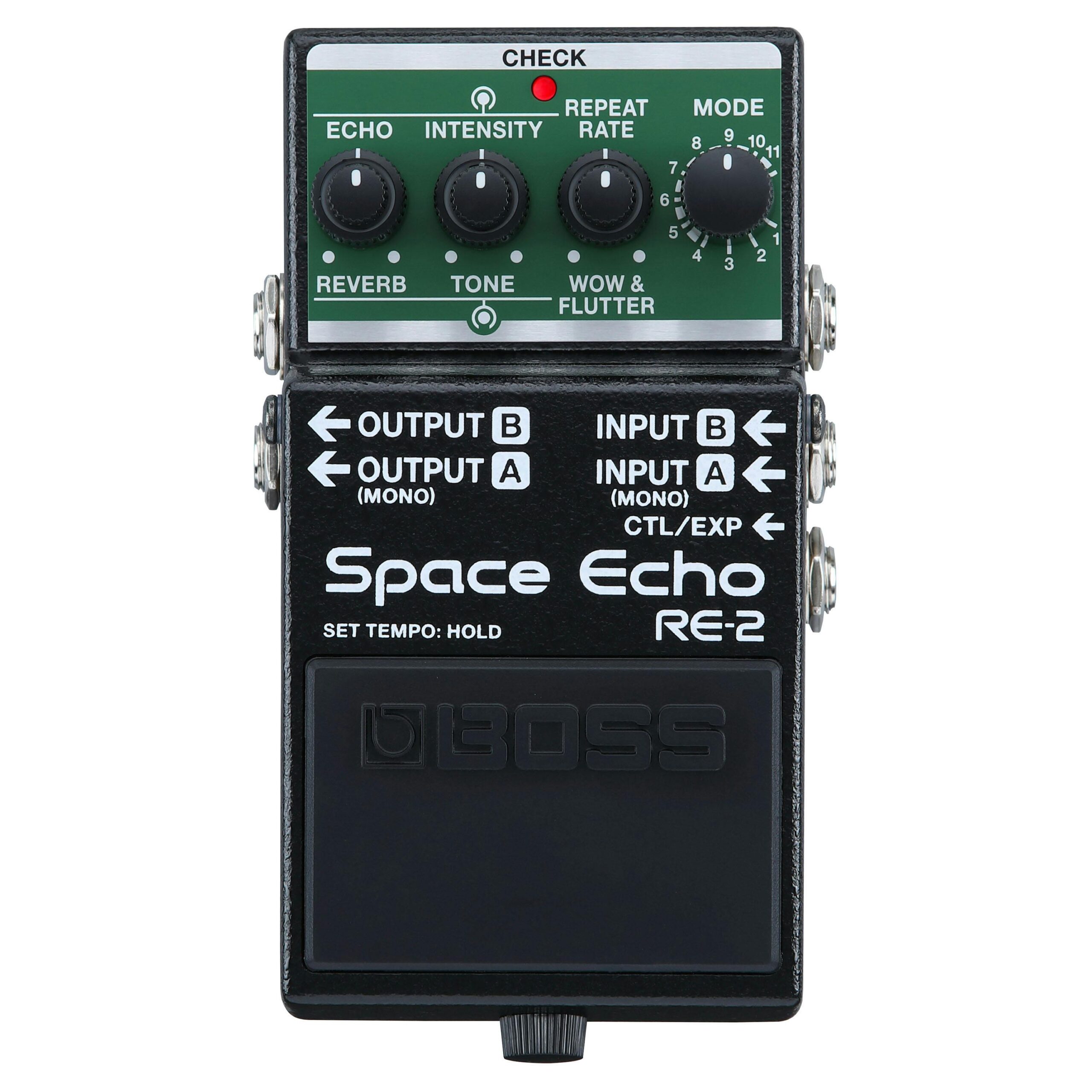
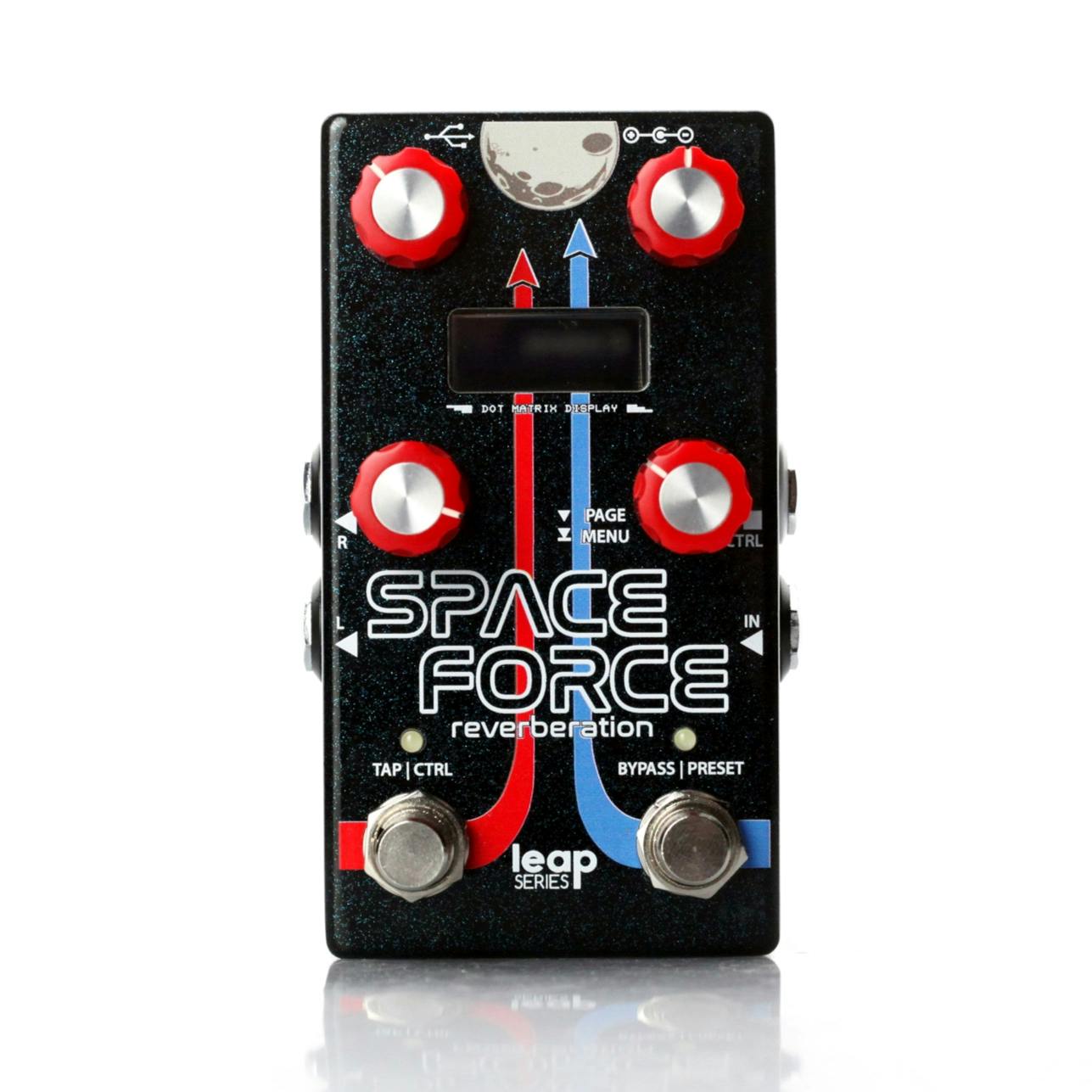
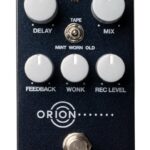
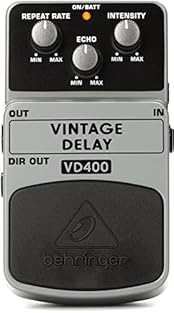
![[7 Delay Modes] 7 delay effects including digital, analog, tape, mod, sweep, lofi and reverse. [3 Knobs] MIX is used to control the dry/effect signal ratio. TIME is used to control the delay time from 20ms ~ 838ms. F.BACK is used to control the feedb...](https://m.media-amazon.com/images/I/41EUFdvIhyL._SL313_.jpg)
![☑️[Legendary Tape Echo Emulation:] The Donner White Tape stereo tape delay pedal masterfully replicates the iconic sound of classic tape echo machines, delivering an authentic experience with every use. ☑️[Precise Control: ] Independent Time, Feedbac...](https://m.media-amazon.com/images/I/41X14OsB88S._SL313_.jpg)

